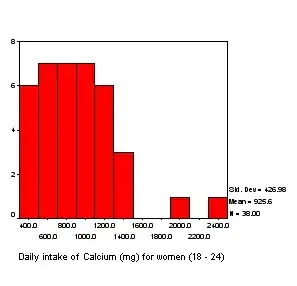If we have the following histogram:

And, want to describe it based on one of the following options, which one do you think is correct? Why?
- positively skewed
- symmetric
- none of the above
- negatively skewed
My initial suggestion would be "3. none of the above".
What do you think?
Thanks.